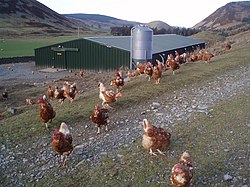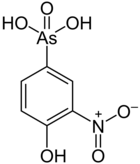I like to see how TAFL continuo their trend in ongoing and comming quarters.
Registration with the Sri Lanka FINANCIAL CHRONICLE
 would enable you to enjoy an array of other services such as Member Rankings, User Groups, Own Posts & Profile, Exclusive Research, Live Chat Box etc..
would enable you to enjoy an array of other services such as Member Rankings, User Groups, Own Posts & Profile, Exclusive Research, Live Chat Box etc.. All information contained in this forum is subject to Disclaimer Notice published.
Thank You
FINANCIAL CHRONICLE

www.srilankachronicle.com

 Home
Home





























